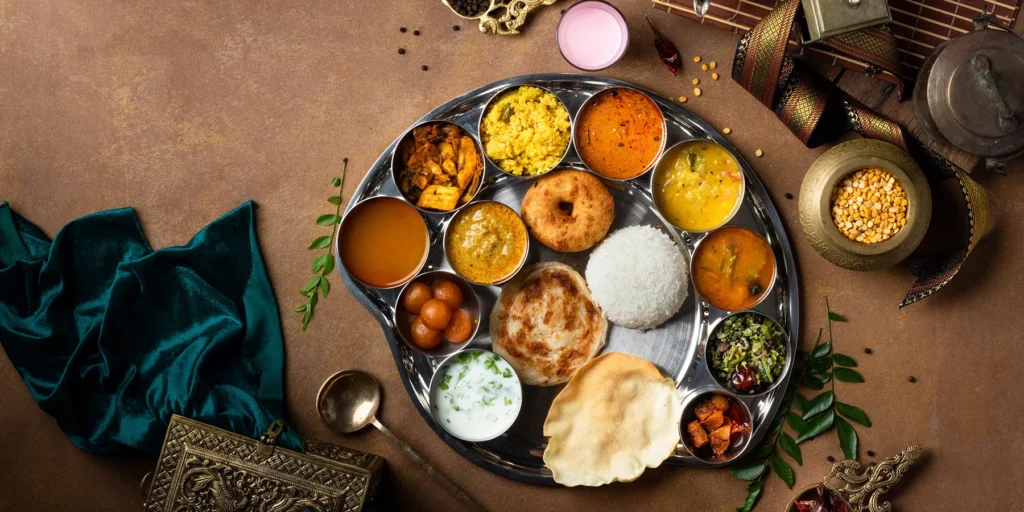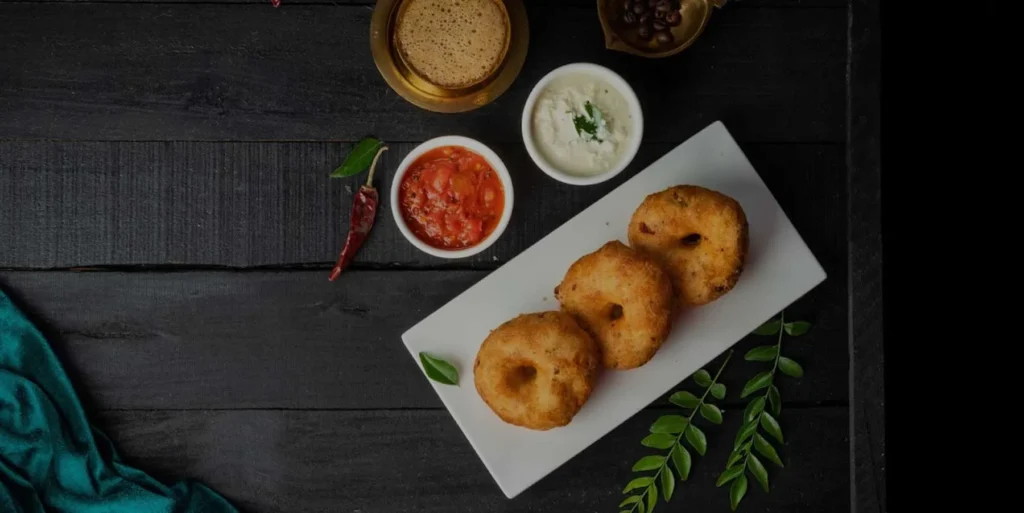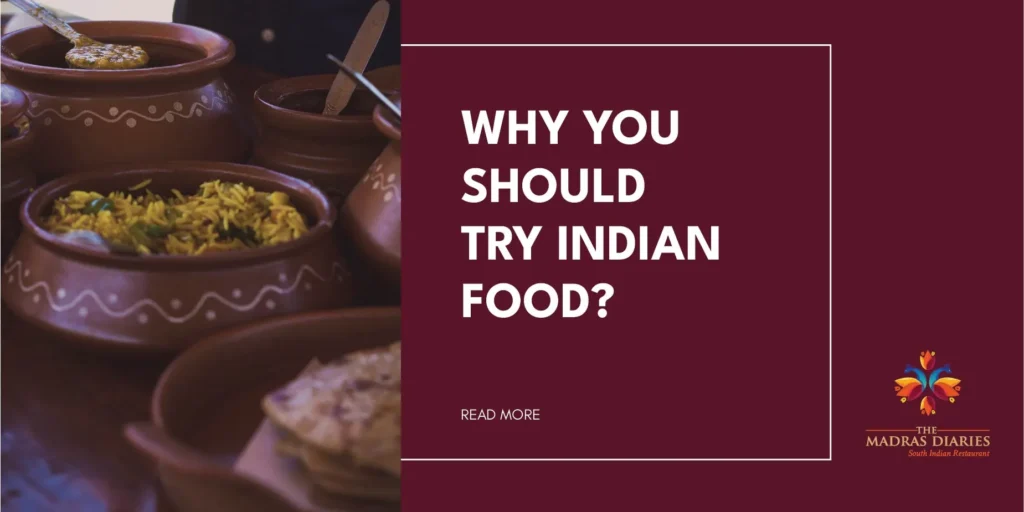We all know good foods can rescue any bad day, but especially when it comes to Indian foods, they have a unique way of making them memorable to your heart and tongue!
Indian foods, whether South Indian or North Indian, are always a mystery of flavourful art. The misconceptions about them are also mysterious, but they have a knack for making everyone, irrespective of their region, crave Indian cuisine.
So, it’s time to keep the misconceptions at bay because food has no rules!
Now let’s break those misconceptions so that the next time you visit an Indian restaurant, you can ace the game of choosing the right dish.
1. Dosas are too cute to be plain
If there’s one food with many avatars and is a favourite for vegetarians and non-vegetarians, it could be dosa. Dosas are made from fermented rice and are thin and crispy. However, there is not only one type of dosa; they come in different combinations and variations.
Dosas can never be boring; they are for both vegetarians and non-vegetarians. The yummy Nandu Dosa from The Madras Diaries is one such dish that can make non-vegetarians crave it. For vegetarians, Paneer Ghee Roast tops the list.
2. It’s All Served on a Banana Leaf
Banana leaf is used traditionally in some parts of South India, but it’s not ubiquitous. Food served on a banana leaf brings an extra layer of taste, but not every time Indian foods are served on a banana leaf. Food is also mostly served on regular plates and bowls.
3. There are No Regional Variations
Just like each state in India has its specialties, Indian cuisine also has its delicacies to mark. Starting from Kerala, known for its seafood curries, Tamil Nadu for its idli and sambar, Karnataka for its masala dosa, and Andhra Pradesh for its spicy curries, the North Indian delicacy will be Malai Kofta, Butter Chicken and Dal Makhani.
4. It’s Mainly Vegetarian
Indian food can’t be marked only for vegetarians; it’s a generous mix of vegetarian and non-vegetarian. Speaking of it, South India, particularly coastal areas, is a seafood paradise. The variety is astounding, from Mangalorean Mutton Chukka to the Madras Diaries Kozhi Curry.
5. Only for Lunch and Dinner
The Indian menu offers countless snacks, such as the famous Sambar Vadai, Meedu Vadai, Keera Vadai or Vegetable Samosa. They are all yummy, filling and healthy. But if you want spicy snacking, we have the star, Milakai Baji, for you.
6. Not Suitable for Special Occasions
South Indian feasts often feature elaborate non-vegetarian dishes like whole roasted or curried fish and biryanis. Thallis, whether North Indian or South Indian, are all special feasts made for celebrations. You will be surprised to know that every occasion has a dish, each with its own story.
7. Indian Food is Dated or Old-Fashioned
Indian non-vegetarian cuisine constantly evolves, incorporating new ingredients and techniques while staying true to its traditions. The essence of traditional flavours can never become outdated; they are priceless and you will know this only when you visit an authentic restaurant.
8. Indian Food is Uniform Across the Region
The beauty lies in diversity. Like different curves in the Indian maps, there are different craving foods across India. Kerala leans towards seafood; the favourite dish to mention is the Kannur Meen Moilee. Andhra Pradesh leans towards spice, including Hyderabadi Ghost Dum Biryani and Chettinad towards bold flavours, one of which is the mouth-watering Kozhi Chettinad.
9. There’s Always More Than One Way
There’s never a single way to have a dish. For example, the mouthwatering, delicious and always popular Pallipalayam Kozhi Biryani can be eaten with raita only, which is a severe misconception among the South Indians, too. Still, some people have this epitome of delicacy with salna.
Don’t just try it in one way; why limit it when you can have it differently?
10. Not “Filling” Enough
Indian meals can be filling and nutritious, especially those with lentil-based dishes and rice. At the same time, the North Indian thalis and bread varieties like naan and butter chicken can also be a dance of flavourful delight. Everything you expect in a portion of food will be found nowhere but in Indian cuisine.
11. Indian Food is ‘Heavy’
Many Indian dishes are light and easily digestible, especially those with fermented ingredients and lentils. Many of the mouth-watering soups are healthy and tasty and make you long for them forever.
12. Soup Varieties are Limited
Soups in Indian cuisine are never boring and offer a wide variety catering to both vegetarian and non-vegetarian lovers. Most of the vegetarian soups of South India, especially the Milagu Rasam and Thakali Rasam, are a play of flavours, but their roles are not limited.
They can be had as soup and also could be used as curry with white rice. Regarding rasam as a soup, it is easily digestible and easy to cook. The South Indian soups crack down the myth that all Indian foods take a longer time to cook.
If you plan your next visit to India and want to make the most of it, you should definitely not miss out on authentic Indian restaurants. These restaurants serve nothing but plates of flavourful joy and happiness.
Mark The Madras Diaries as one of your bucket lists so you do not miss out on authentic South Indian food and an authentic experience.
To tell stories about the Indian food experience, you should visit the right spot and not miss out on authentic restaurants.



